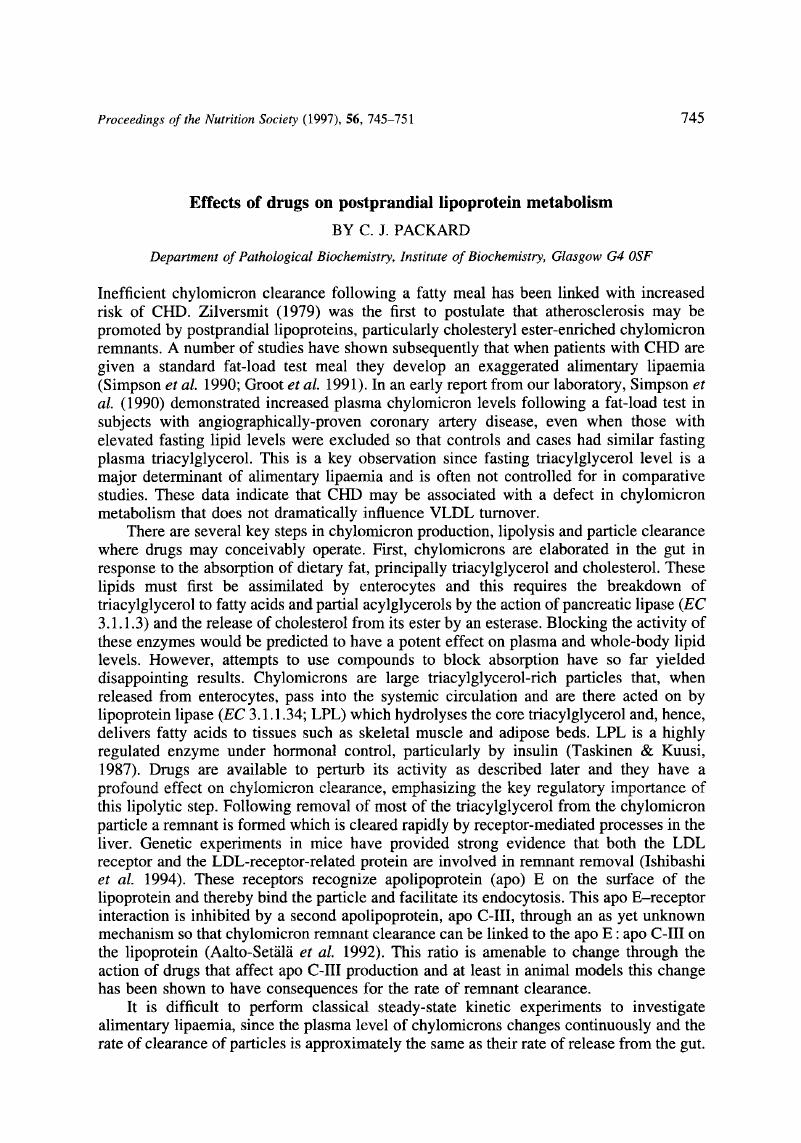Article contents
Effects of drugs on postprandial lipoprotein metabolism
Published online by Cambridge University Press: 28 February 2007
Abstract

- Type
- Research Article
- Information
- Copyright
- Copyright © The Nutrition Society 1997
References
REFERENCES
- 3
- Cited by




